
Signs your senior dog has heat exhaustion

Senior dogs can often be victims of heat exhaustion, even in the shade with no exercise, and sadly signs can often go unnoticed until it’s too late.
Therefore, learning to quickly identify the following flags that something might be wrong will help you to manage your senior dogs temperature during the summer months, and take action before any harm occurs:
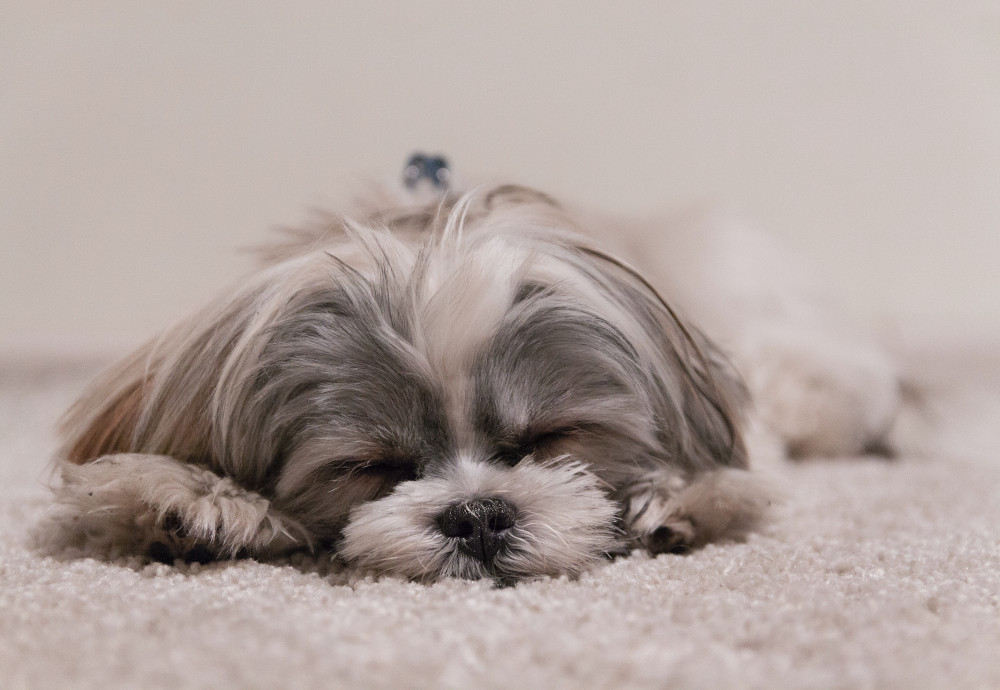
Heavy panting – Whilst it’s natural for dogs to pant to cool themselves down, if the panting is excessive and shows no signs of slowing down, this can indicate heat exhaustion.
Fatigue and weakness – If your canine companion appears lethargic and weak, and is refusing to get up and move around in their typical manner, this could be a sign of exhaustion.
Excessive drooling – If you notice that your dog has started drooling when they don’t usually, or that their levels of drooling has become more excessive, this can be a sign that they are overheating.

Dry or pale gums – Heat exhaustion can often cause dehydration, so it’s important to check your dog’s gums to see if they appear dry or pale.
Rapid heart rate and shaking – Heat exhaustion can also cause your dog to have a rapid heart rate, along with trembling or shaking, as their body is in overdrive trying to cool itself down.
Dizziness and disorientation – If your older dog appears disoriented, dizzy, or unsteady on their feet, it could be a sign of heat exhaustion.
Vomiting or diarrhea – Heat exhaustion can also lead to upsetting the digestive system, causing either or both vomiting and diarrhea in some dogs.
1. Contact your veterinarian

Whether you want to contact your local vet or have an online vet you can contact as part of your pet insurance package, if you are concerned about your dog’s temperature, it’s always worth seeking out professional advice when it comes to senior dogs. Your vet may just advise you on ways to cool your dog down, or might want you to bring them in for a check-up to check all is well.
2. Provide water for them to drink
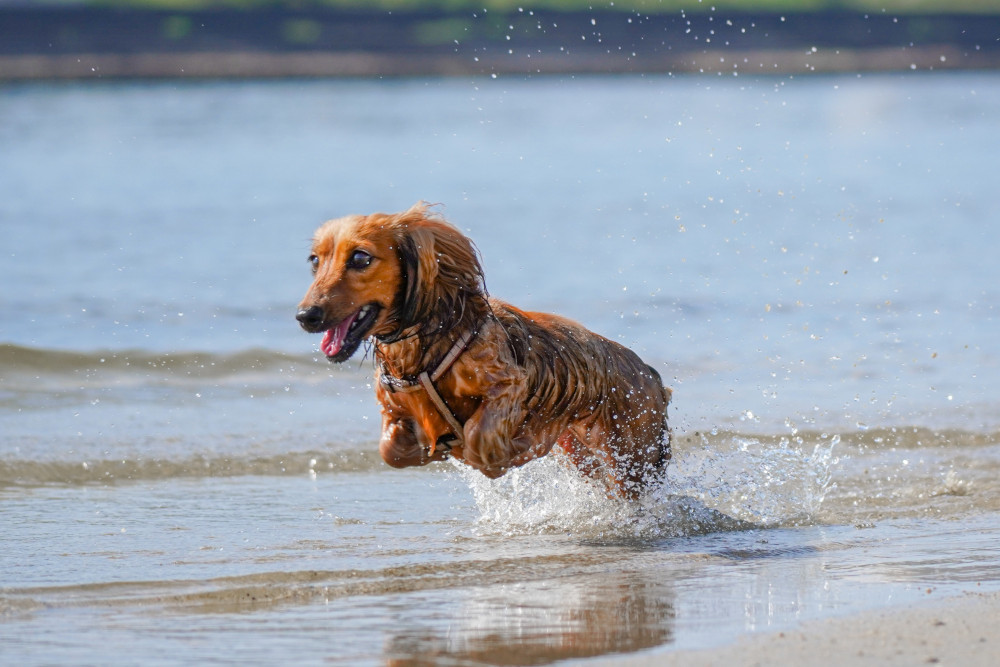
Make sure that your canine companion has fresh, cool water available to sip at all times. Try to ensure it’s not too cold however, as this can be a shock to their stomach and cause them to be sick. Offer them small amounts of water to rehydrate, but don’t force them to drink.
3. Move your dog to a cool space
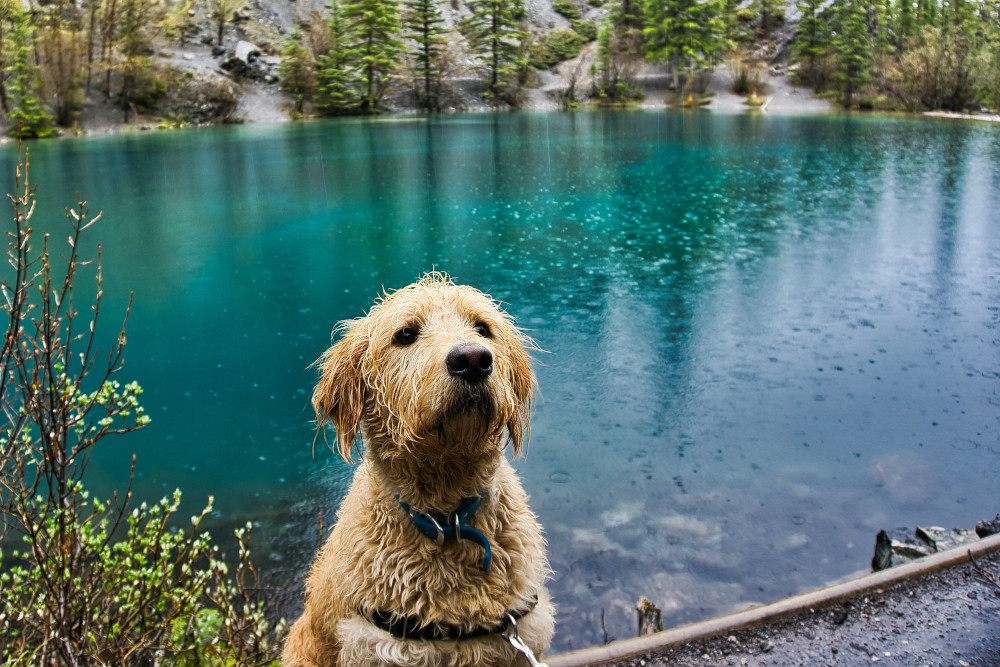
Move your dog into a shaded, cool area that has plenty of fresh air during periods of high temperatures. You can also use cooling mats and electronic fans to help cool down their body temperature.
4. Use water to cool down your dog’s body
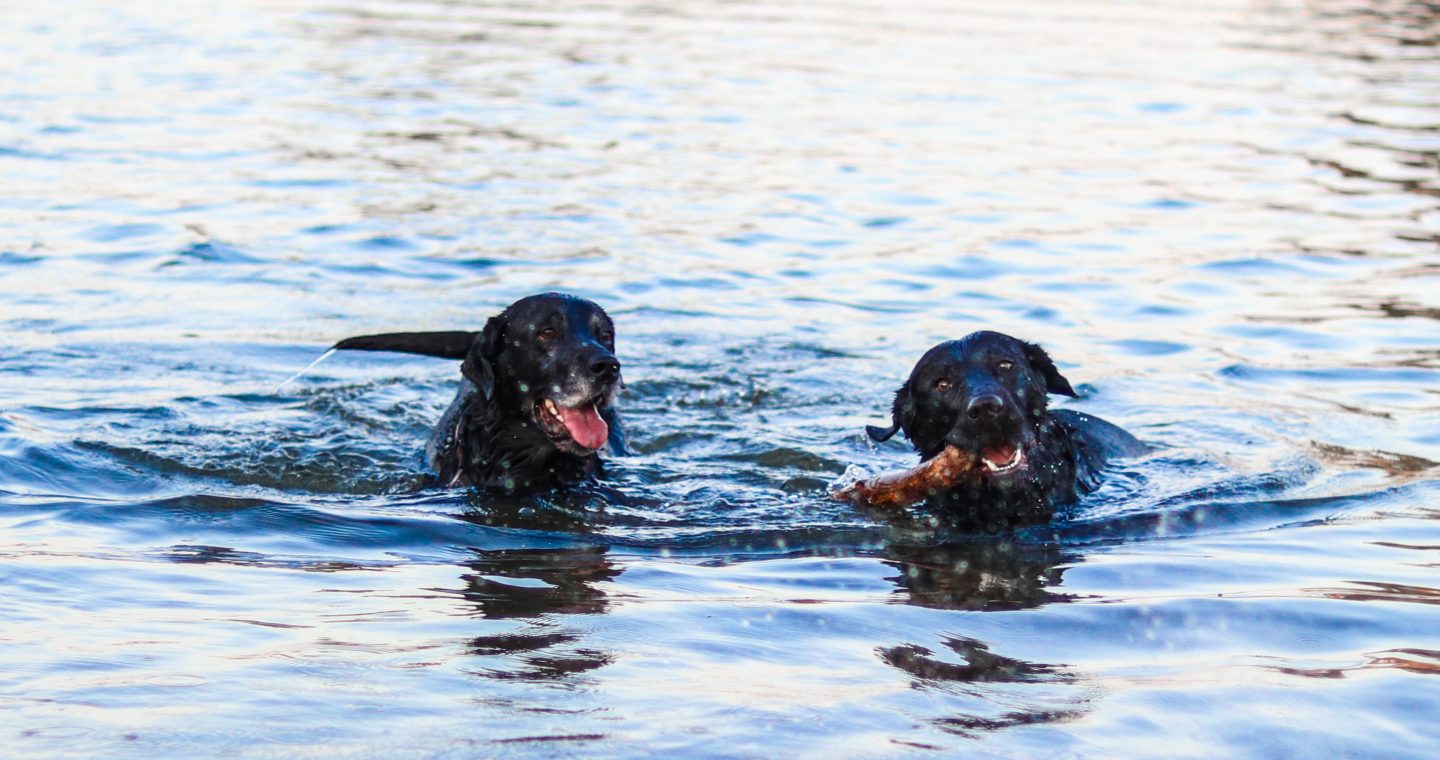
If you don’t have any cooling equipment on hand, you can use cool water to wet your dog’s body, on the belly, armpits, and groin. You can also put them in a bath of tepid water or wrap a wet towel around their body.
1. Access to a cool and shaded space
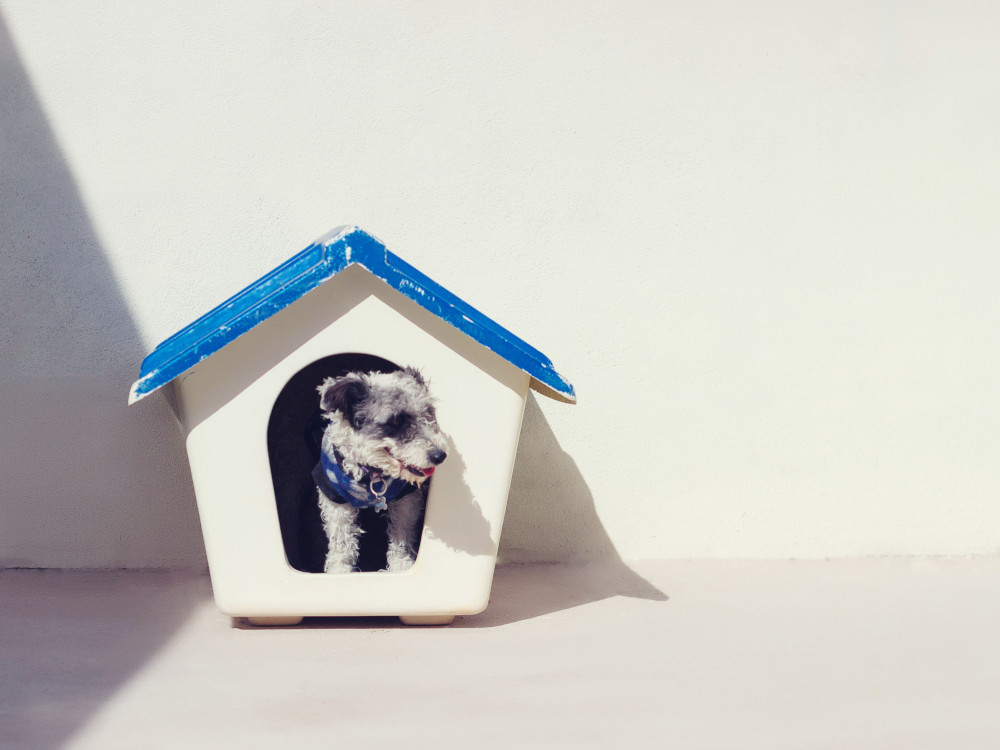
Keeping your dog out of direct sunlight is essential on those hotter days, so ensuring they have a cool and shaded space to retreat to is vital. Ideally, the space should be indoors in a cool room with plenty of fresh air, as shaded spots in the garden can still be warm.
2. Keep your pooch hydrated
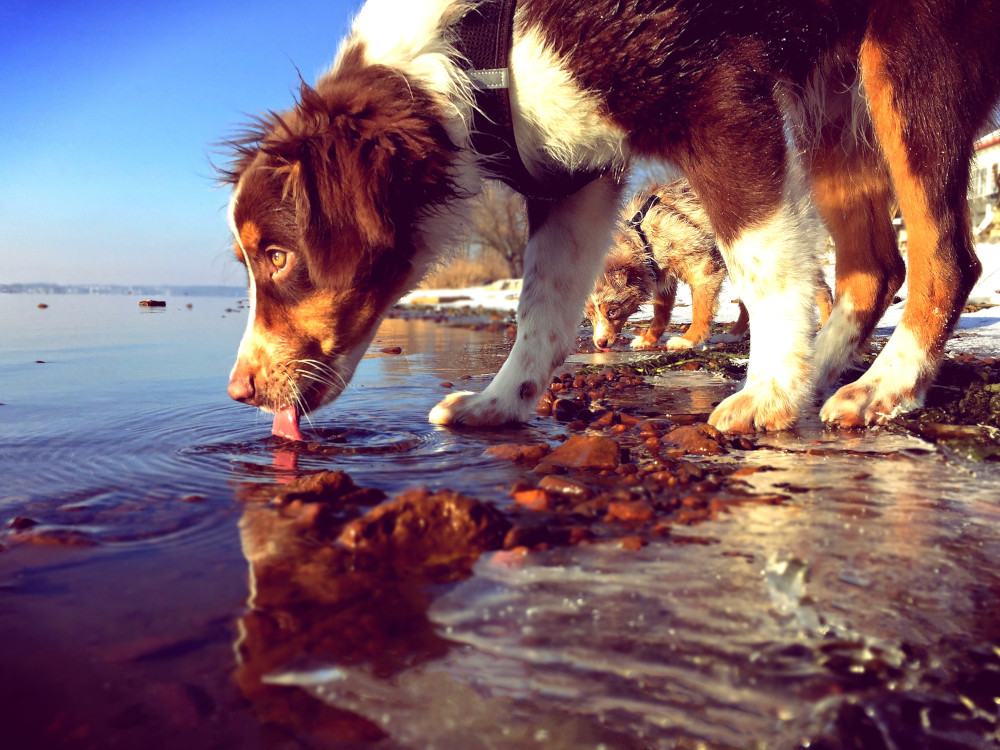
Always provide your canine companion with fresh, cool water and refill their bowl regularly, as they are likely to need more water to stay hydrated on warmer days. It’s also a good idea to have a number of bowls around the house for easy access – especially with older dogs that are struggling with their joints and are less active.
3. Purchase cooling equipment
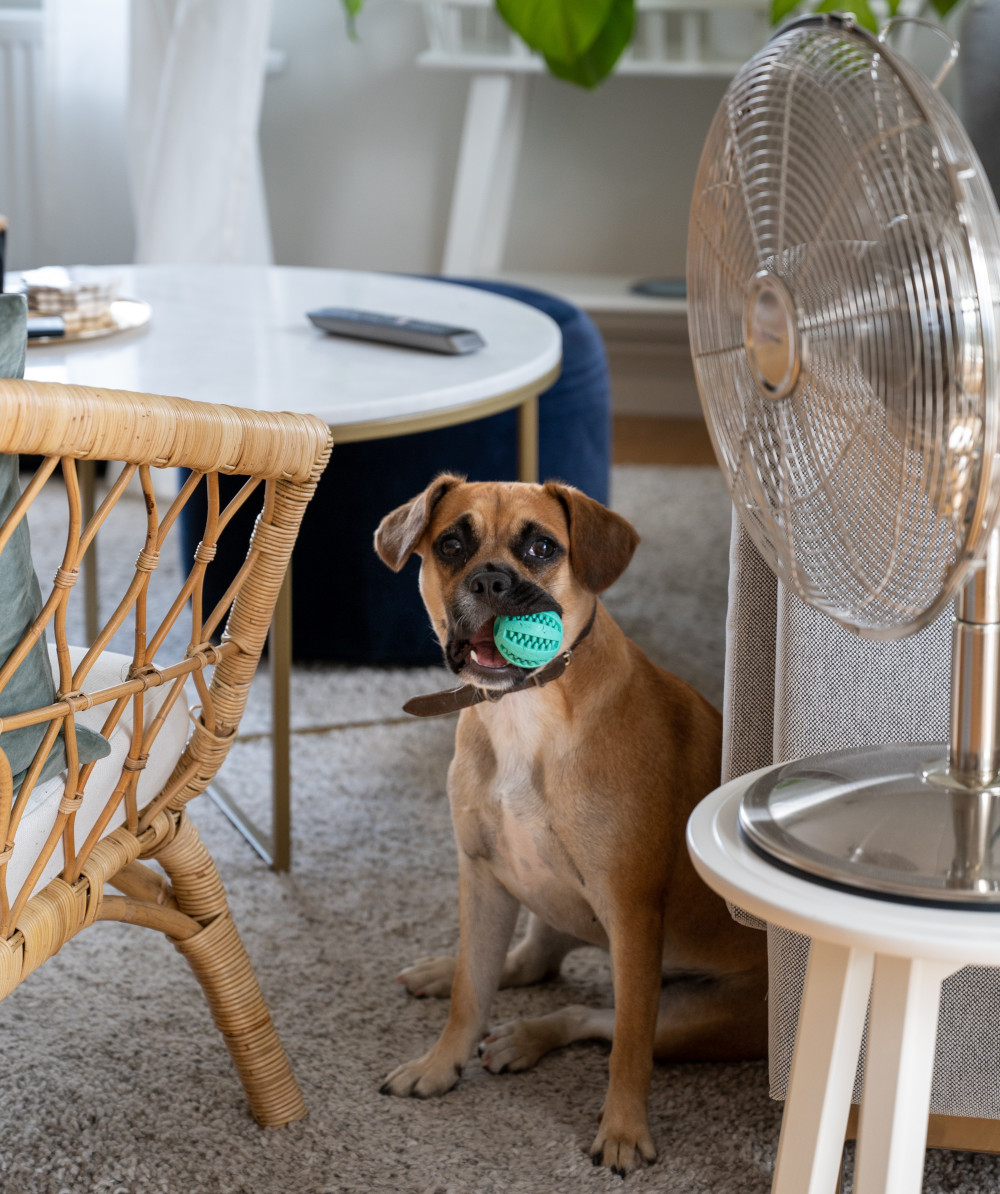
There is plenty of cooling attire and equipment you can purchase for your pooch from your local pet shops, supermarkets and online. This includes cooling mats and jackets, and even cooling collars, bandanas, bowls and toys. The attire will usually be pre-filled with a cooling gel, while the bowls and toys will require you to fill them with water and freeze them before use.
4. Limit walks and outdoor activities in the heat

Try to avoid taking your furry friends for a walk during the hottest parts of the day, and instead opt for an early morning or late evening walk especially if temperatures reach the high 20’s. Generally temperatures below 20c are considered safe for our pets, but anything above this and your dog may be at risk of heatstroke.
Taking them out during the cooler parts of the day will mean that your dog won’t miss out on their exercise, but you can avoid exposing them to hot temperatures, midday sun and the danger of burning their paws.
5. Regular grooming

Taking your dog for regular grooms is a great way to not only ensure your dog’s coat is clean and free from any matting, but it will also make sure that their coat is summer ready. Whether your canine companion is clipped or hand stripped, a trip to the groomer ahead of summer can leave your pooch’s coat feeling lighter and more breathable.